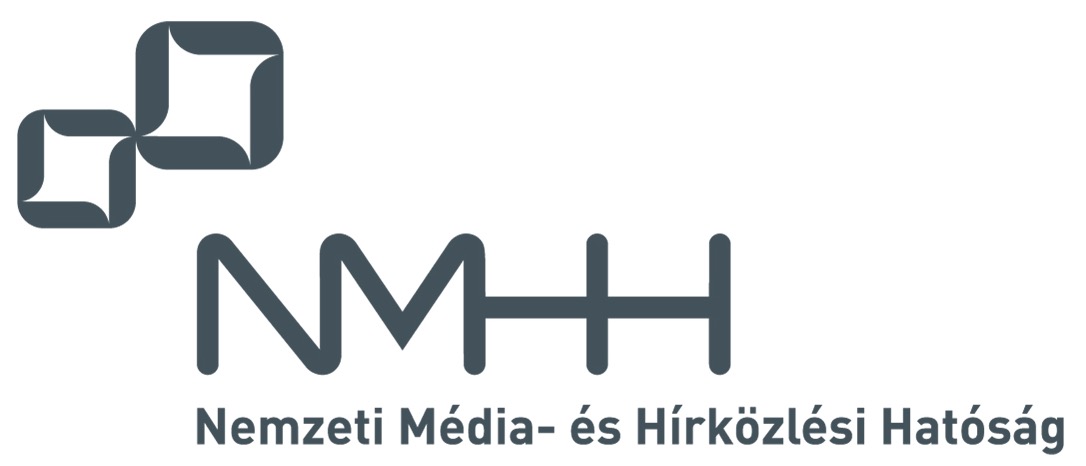2020. 4th Issue
Volume XII, Number 4
Full issue  (8,6 MB)
(8,6 MB)
MESSAGE FROM THE EDITOR-IN-CHIEF
Pal Varga
Booming usage of Infocommunications technologies brought to you by 2020 
WHILE the year 2020 was sorrowful in many ways, some of its challenges has been successfully overcome by humanity. Most of these successes have depended on Infocommunications technologies: these allowed us to keep the human interaction flowing during lock-downs. The most visible change was literally the broad usage of multimedia communications. Our communication spaces went ”virtual”: from schoolrooms through company meetings to massconferences; even the corridor- and coffee-break discussions got some alternatives.
Download
PAPERS FROM OPEN CALL
János Ladvánszky
Noise reduction for digital communications – A modified Costas loop 
An efficient way of noise reduction has been presented: A modified Costas loop called as Masterpiece. The basic version of the Costas loop has been developed for SSB SC demodulation, but the same circuit can be applied for QAM demodulation as well. Noise sensitivity of the basic version has been decreased. One trick is the transformation of the real channel input into complex signal, the other one is the application of our folding algorithm. The result is that the Masterpiece provides a 4QAM symbol error rate (SER) of 6*10-4 for input signal to noise ratio (SNR) of -1 dB. In this paper, an improved version of the original Masterpiece is introduced. The complex channel input signal is normalized, and rotational average is applied. The 4QAM result is SER of 3*10-4 for SNR of -1 dB. At SNR of 0 dB, the improved version produces 100 times better SER than that the original Costas loop does.
Reference
DOI: 10.36244/ICJ.2020.4.1
Download 
Béla Benedek Szakács and Tamás Mészáros
Hybrid Distance-based, CNN and Bi-LSTM System for Dictionary Expansion 
Dictionaries like Wordnet can help in a variety of Natural Language Processing applications by providing additional morphological data. They can be used in Digital Humanities research, building knowledge graphs and other applications. Creating dictionaries from large corpora of texts written in a natural language is a task that has not been a primary focus of research, as other tasks have dominated the field (such as chat-bots), but it can be a very useful tool in analysing texts. Even in the case of contemporary texts, categorizing the words according to their dictionary entry is a complex task, and for less conventional texts (in old or less researched languages) it is even harder to solve this problem automatically. Our task was to create a software that helps in expanding a dictionary containing word forms and tagging unprocessed text. We used a manually created corpus for training and testing the model. We created a combination of Bidirectional Long-Short Term Memory networks, convolutional networks and a distancebased solution that outperformed other existing solutions. While manual post-processing for the tagged text is still needed, it significantly reduces the amount of it.
Reference
DOI: 10.36244/ICJ.2020.4.2
Download 
David Haja, Zoltan Richard Turanyi and Laszlo Toka
Location, Proximity, Affinity – The key factors in FaaS 
The Function-as-a-Service paradigm emerged not only as a pricing technique, but also as a programming model promising to simplify developing to the cloud. Interestingly, while placing functions across hosts under the service platform is believed to be flexible, currently the available platforms pay little attention to co-locate connected functions, or data with the respective processing function in order to improve performance. Even though the local function invocation and data access might be an order of magnitude faster than their remote intra-cloud counterparts. In this paper, we therefore propose a Function-asa- Service platform design that reaps the performance benefits of co-location. We build the platform on WebAssembly, a secure and flexible tool for efficient local function invocations, and on a distributed in-memory database, which allows arbitrary data placement. On top we advocate smart placement strategies for function executions and data, decoupled from the functions. Hence we envision good horizontal scaling of functions while keeping the experienced processing latency to that of a single machine case.
Reference
DOI: 10.36244/ICJ.2020.4.3
Download 
Dániel Kozma and Pál Varga
Supporting Digital Supply Chains by IoT Frameworks: Collaboration, Control, Combination 
The purpose of this paper is to introduce a technology-oriented SCM (Supply Chain Management) development methodology, which can be used in the design of IoT (Internet of Things) frameworks especially characterized by supply chain processes. In order to meet DSC (Digital Supply Chain) expectations, two areas are examined in detail during the literature review. Firstly, the current SCM models are studied. Secondly, Industry 4.0 requirements had to be surveyed. As a consequence, challenges and gaps are identified for which we seek the solution during our research. Based on the results, it can be stated that digitization has definitely required an improved technological solution that IoT frameworks can provide. The result is a technology-driven, IoT-based SCM development methodology that serves as a basis for the design of such platforms, which will manage supply chains. To prove the feasibility of the proposed development methodology, the Arrowhead industrial IoT framework is used for validation.
Reference
DOI: 10.36244/ICJ.2020.4.4
Download 
CALL FOR PAPERS
ONDM 2021 / 25th International Conference on Optical Network Design and Modelling
ONDM 2021, Gothenburg, Sweden
SSW11 / 11th Speech Synthesis Workshop
SSW 2021, Gárdony, Hungary
CNSM 2021 / 17th International Conference on Network and Service Management
CNSM 2021, Izmir, Turkey
GLOBECOM 2021 / IEEE Global Communications Conference
IEEE GLOBECOM, Madrid, Spain
ADDITIONAL




